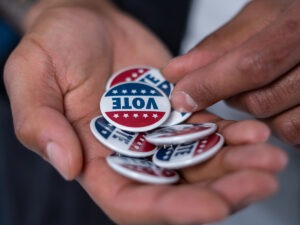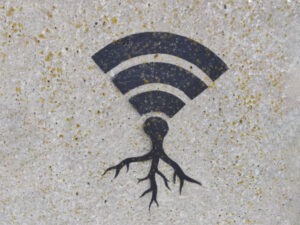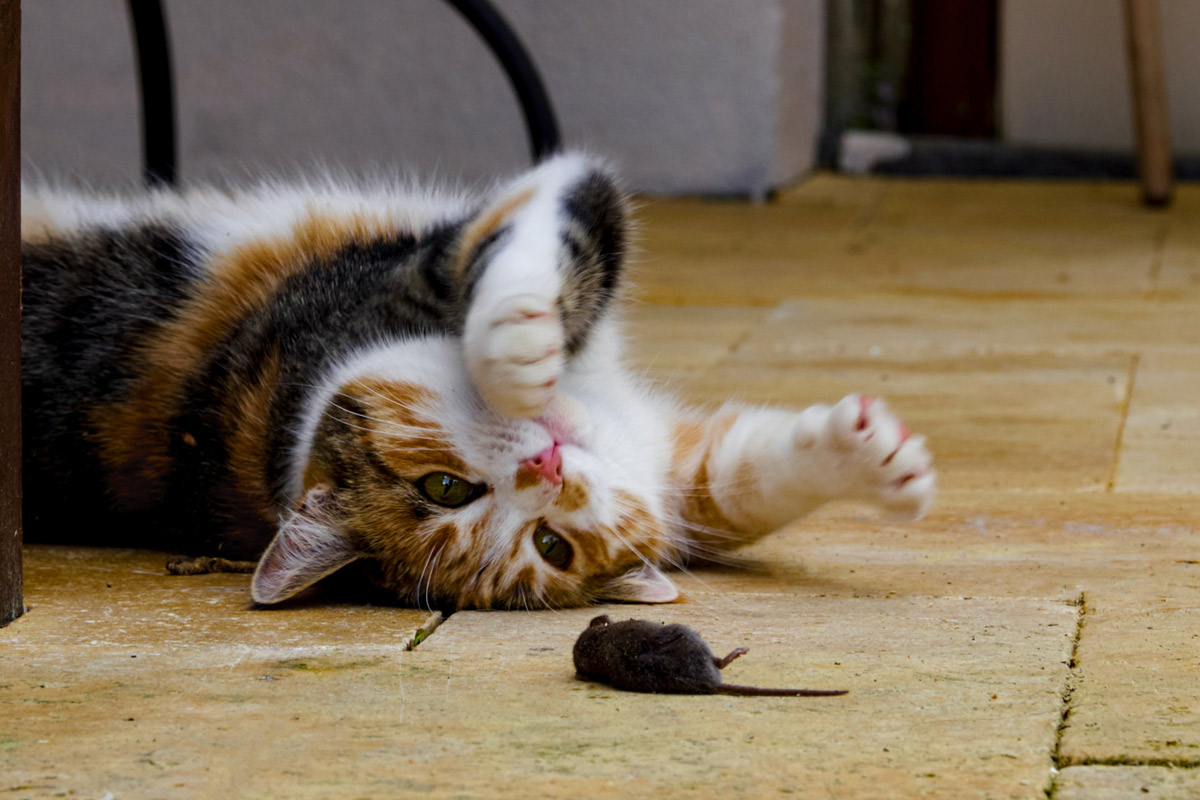
October 6, 2020; Marketplace
A new report from the Center for Responsive Politics indicates that contributions from small-dollar donors make up an increasing portion of the money in this election. This should make nonprofit fundraisers stop and think about their part in the trend toward the dominance of large-dollar donors in this country’s giving landscape.
What does election-year political giving have to do with giving to nonprofits? It shows that small-dollar donors are willing to give even under financially stressful conditions if they believe they can have agency with that gift. If anyone’s still under the misperception that charitable giving is supplanted by election year political giving, we’d like to emphasize that research indicates that’s not the case and it should not be used as an excuse. Rather, nonprofits should recognize that small-scale givers are willing to donate if they think that those donations will matter.
There is no doubt that big money continues to dominate in presidential elections. The Center for Responsive Politics says that just 100 people have contributed eight percent of the money in federal races, but those giving less than $200 are giving more than they have in any recent election cycle.
Sign up for our free newsletters
Subscribe to NPQ's newsletters to have our top stories delivered directly to your inbox.
By signing up, you agree to our privacy policy and terms of use, and to receive messages from NPQ and our partners.
“They’ve contributed 22 percent of all donations so far, which is much larger than in previous cycles,” says Sarah Bryner, research director for the CRP. That’s up from 14 percent four years ago—more than a 50 percent increase—and more than PACs and super PACs combined. What’s more, this increase is present even as the cost of the election has ballooned from $6.5 billion to an estimated $10.8 billion, so the dollar figure increase is even greater than the proportional increase.
Within that, giving by women has seen an increase from $1.3 billion to $1.7 billion and counting as we enter the last month of the campaign. Bryner figures that a lot of this money is “coming from people who have been affected by the pandemic, by the recession.”
“I think that it just goes to show how concerned people are going into this election,” Bryner says. That is right, and that concern could easily extend into the work that many nonprofits are doing in their own communities.—Ruth McCambridge













